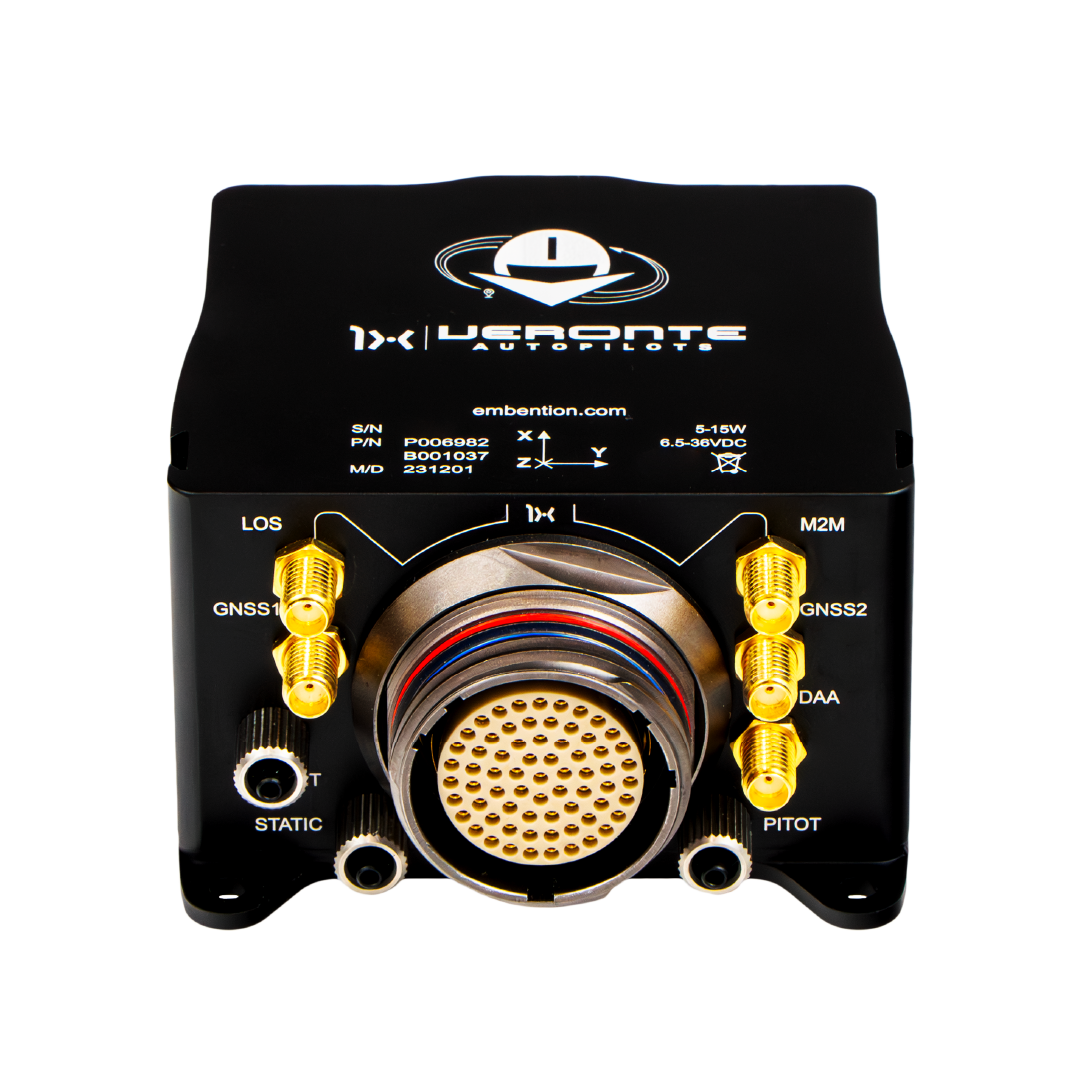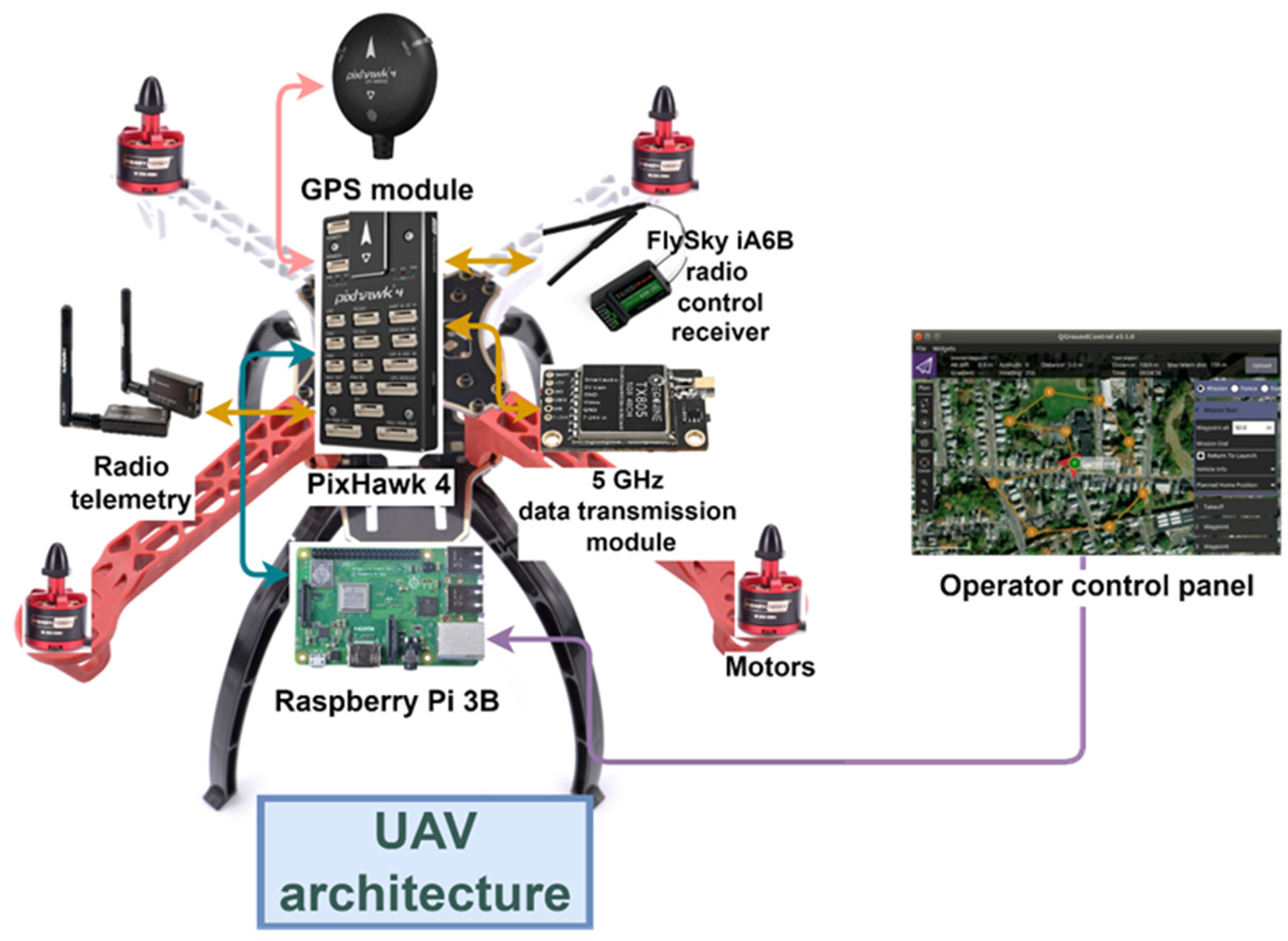SparkNavi Drone Flight Controller and GNSS/INS Made in Taiwan: Accuracy Navigating for Drones
SparkNavi Drone Flight Controller and GNSS/INS Made in Taiwan: Accuracy Navigating for Drones
Blog Article
Exploring the Role of Drone Flight Controllers in Enhancing Trip Security and Navigating Effectiveness
The improvement of drone innovation has actually significantly raised the relevance of trip controllers, which serve as the brain of these aerial cars. By integrating real-time data from an array of sensing units, trip controllers improve flight security and navigating effectiveness, guaranteeing that drones can run smoothly also in complex atmospheres. This discussion will certainly check out the crucial elements that add to these enhancements, in addition to the ramifications for the future of autonomous flight. What innovations lie in advance that could further transform the capacities of drone trip controllers?

Understanding Trip Controllers
Flight controllers are integral components in the performance of drones, working as the brains that support and take care of trip operations. These sophisticated gadgets process information from different sensing units, including accelerometers, gyroscopes, and GPS, to make certain that the drone keeps its designated trip path. The flight controller translates this data and performs commands based on pre-defined algorithms, enabling the drone to react to environmental changes, such as wind or obstacles.
The primary function of a flight controller is to keep security during flight. It achieves this by making real-time changes to the drone's motors and control surfaces, making sure balance and control. Additionally, contemporary flight controllers incorporate innovative attributes such as waypoint navigation, permitting for automated trip paths and enhanced functional performance.
Recognizing the architecture of trip controllers is essential for both enthusiasts and experts. As innovation advances, trip controllers have ended up being more portable and capable, incorporating synthetic knowledge to adapt and improve decision-making procedures to intricate trip situations.
Secret Components of Flight Security
Accomplishing optimum flight security in drones relies on a number of essential elements that work in concert to guarantee smooth and controlled procedures. Central to this stability is the flight controller itself, which refines information from different sensing units to preserve the desired flight mindset. This includes accelerometers and gyroscopes that measure motion and alignment, permitting real-time changes to the drone's position.
Another essential element is the electronic speed controllers (ESCs), which control the power provided to the electric motors. By finely adjusting electric motor rates in response to flight controller commands, ESCs help maintain equilibrium and combat disruptions triggered by wind or abrupt motions.
Furthermore, the layout of the drone's frame plays an essential function in trip stability. A well-structured framework reduces vibrations and enhances the total wind resistant profile, contributing to smoother flight attributes. The integration of advanced algorithms within the flight controller help in predictive adjustments, making sure a versatile and responsive flight experience.
With each other, these parts develop a natural system that boosts a drone's security, permitting specific handling and enhanced performance in different trip conditions.
Navigating Effectiveness Strategies
Performance in navigation is important for maximizing drone procedures, especially in complicated atmospheres. Effective navigating strategies boost the ability of drones to go across challenging terrains and avoid obstacles, consequently improving functional effectiveness and security.
One noticeable strategy is the application of advanced general practitioners and inertial measurement devices (IMUs) that supply accurate location monitoring and alignment data. These innovations allow drones to compute optimal trip paths in real-time, considering various aspects such as wind problems and potential barriers.
One more method involves using formulas for path planning and optimization. Algorithms such as A * and Dijkstra's algorithm can be deployed to establish one of the most reliable course while lessening power consumption and trip time. Integrating device understanding versions can enable drones to adaptively discover from their settings, boosting navigation abilities through experience.

Effect on Autonomous Drones
The combination of innovative navigation strategies has greatly changed the abilities of self-governing drones, enabling them to run with greater autonomy and accuracy. SparkNavi drone flight controller and GNSS/INS made in taiwan. These improvements are primarily credited to innovative trip controllers that make use of real-time information handling and sensing unit fusion, allowing drones to browse intricate environments flawlessly
The effect on self-governing drones expands past mere navigation; it encompasses enhanced obstacle evasion, enhanced stability throughout dynamic conditions, and raised goal integrity. By leveraging formulas that integrate artificial intelligence and man-made intelligence, drones can adapt to altering scenarios, making notified decisions that optimize their flight paths while reducing risks.
Moreover, the implementation of robust flight controllers has actually promoted the execution of complicated jobs, such as aerial evaluations, shipment solutions, and agricultural surveillance, with marginal human intervention. This ability not only improves procedures however additionally lowers human error, thus boosting total security.
As a result, the operational scope of self-governing drones has actually broadened substantially, making them vital tools in different sectors. Their ability to execute successfully in diverse situations emphasizes the important role that advanced trip controllers play fit the future of unmanned airborne systems.
Future Patterns in Trip Control
Often, advancements in trip control modern technology are positioned to redefine the landscape of drone procedures in the coming years. Emerging fads show a substantial shift in the direction of improved expert system (AI) assimilation, making it possible for trip controllers to refine real-time information more successfully. This evolution will certainly promote better decision-making capabilities, allowing drones to adjust to vibrant ecological conditions autonomously.
Furthermore, the application of device knowing algorithms is anticipated to enhance anticipating upkeep, consequently reducing downtime and expanding the lifecycle of drone components. This proactive method to upkeep this page will certainly be critical as drone applications expand across numerous sectors, from farming to logistics.

.png)
Last but not least, developments in protected interaction procedures will attend to safety and governing problems, ensuring that drones can operate perfectly in overloaded airspaces (SparkNavi drone flight controller and GNSS/INS made in taiwan). Jointly, these fads point in the direction of a future where flight control systems are not just smarter and a lot more also qualified but effective of operating safely in a significantly incorporated airspace
Verdict
Finally, drone trip controllers are essential to improving flight stability and navigating effectiveness click here for info via the advanced handling of sensor data. By keeping ideal trip perspectives and utilizing sophisticated formulas for course optimization and challenge evasion, these controllers dramatically add to the autonomy and operational safety of drones. As modern technology remains to progress, additionally developments in trip control systems are prepared for, assuring improved performance and expanded capacities in the realm of unmanned airborne vehicles.
By incorporating real-time data from a range of sensors, trip controllers improve flight stability and navigating performance, making certain that drones can run smoothly also in complex environments.Flight controllers are integral elements in the performance of drones, serving as the brains that stabilize and manage flight procedures. Furthermore, modern-day flight controllers include sophisticated functions such as waypoint navigation, permitting for automated flight courses and improved operational efficiency.
Central to this security is the trip controller itself, which refines information from various sensors to maintain the desired flight mindset.In final thought, drone trip controllers are indispensable to enhancing trip stability and navigating performance with the sophisticated handling of sensor data.
Report this page